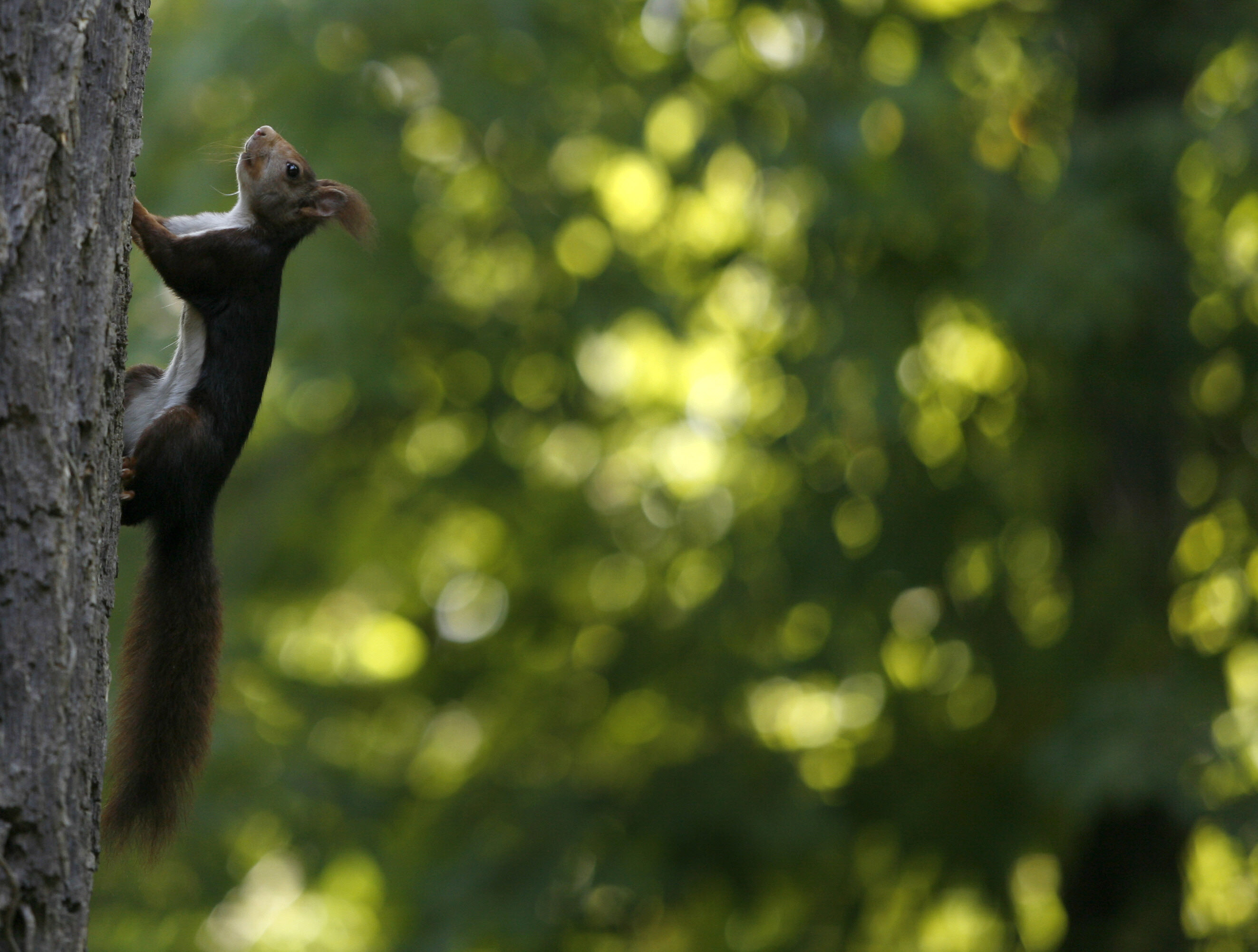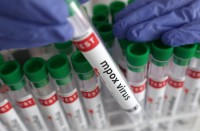
/ AFP PHOTO /
by Kerry SHERIDAN
MIAMI, United States (AFP) — Some red squirrels in Britain and Ireland are infected with the bacteria that causes leprosy in humans, though the risk of transmission to people is low, researchers said Thursday.
Still, scientists were surprised to uncover signs of the infectious disease that ravaged Europe in medieval times but which has dramatically declined in the modern era.
“This has never been observed before,” said Stewart Cole, a researcher with the Ecole Polytechnique Federale de Lausanne (EPFL), noting that two strains of bacteria — Mycobacterium leprae and Mycobacterium lepromatosis — were discovered in the squirrels studied.
“It was completely unexpected to see that centuries after its elimination from humans in the UK, M. leprae causes disease in red squirrels,” he said.
Knowing that leprosy is also carried by armadillos, researchers tested more than 100 dead squirrels — some with signs of infection, others without.
The infection, sometimes called Hansen’s disease, can cause skin sores and nerve damage as well as eye and respiratory problems.
Scientists found the bacteria in red squirrels from England, Ireland and Scotland, according to the study in the journal Science.
“Red squirrels from Brownsea Island, off the south coast of England, were infected with a strain of M. leprae that is closely related to one found in a skeleton of a leprosy victim that was buried in Winchester 730 years ago, just 70 kilometers from Brownsea Island,” said the study.
“Red squirrels from Scotland and Ireland and the Isle of Wight (in south England) were found to be infected with the other leprosy bacterium, M. lepromatosis,” which causes leprosy in humans in Mexico and the Caribbean.
The two strains of bacteria shared a common ancestor around 27,000 years ago, the study said.
Mysteries remain
Leprosy is largely controlled today by antibiotics. Still, nearly 200,000 new cases are reported annually around the globe, mainly in the developing world.
“The discovery of leprosy in red squirrels is worrying from a conservation perspective but shouldn’t raise concerns for people in the UK,” said lead researcher Anna Meredith of the University of Edinburgh.
“We need to understand how and why the disease is acquired and transmitted among red squirrels so that we can better manage the disease in this iconic species.”
Researchers say it remains unclear how the animals became infected. They also wonder if leprosy may be contributing to the decline of red squirrels overall.
It is possible that people in the area were infected with leprosy centuries ago “through contact with red squirrels bearing M. leprae, as these animals were prized for their fur and meat in former times,” said the study.
Study co-author Andrej Benjak of EPFL urged people not to panic, since close contact between squirrels and humans is rare.
“The risk of transmission to people is generally low because of their limited contact with humans, and hunting red squirrels is forbidden in most European countries,” he said.
He added that no homegrown cases of leprosy have been detected in Britain for decades, “though we cannot exclude the possibility of rare, unreported or misdiagnosed cases that originated within the UK.”
Researchers now plan to test squirrels and other animals elsewhere in the world for the bacteria, to see if there are other previously unknown reservoirs.
“Such reservoirs may contribute to the inexplicably stubborn plateau in the incidence of the human leprosy epidemic despite effective and widespread treatment with multidrug therapy,” said the study.
© 1994-2016 Agence France-Presse








